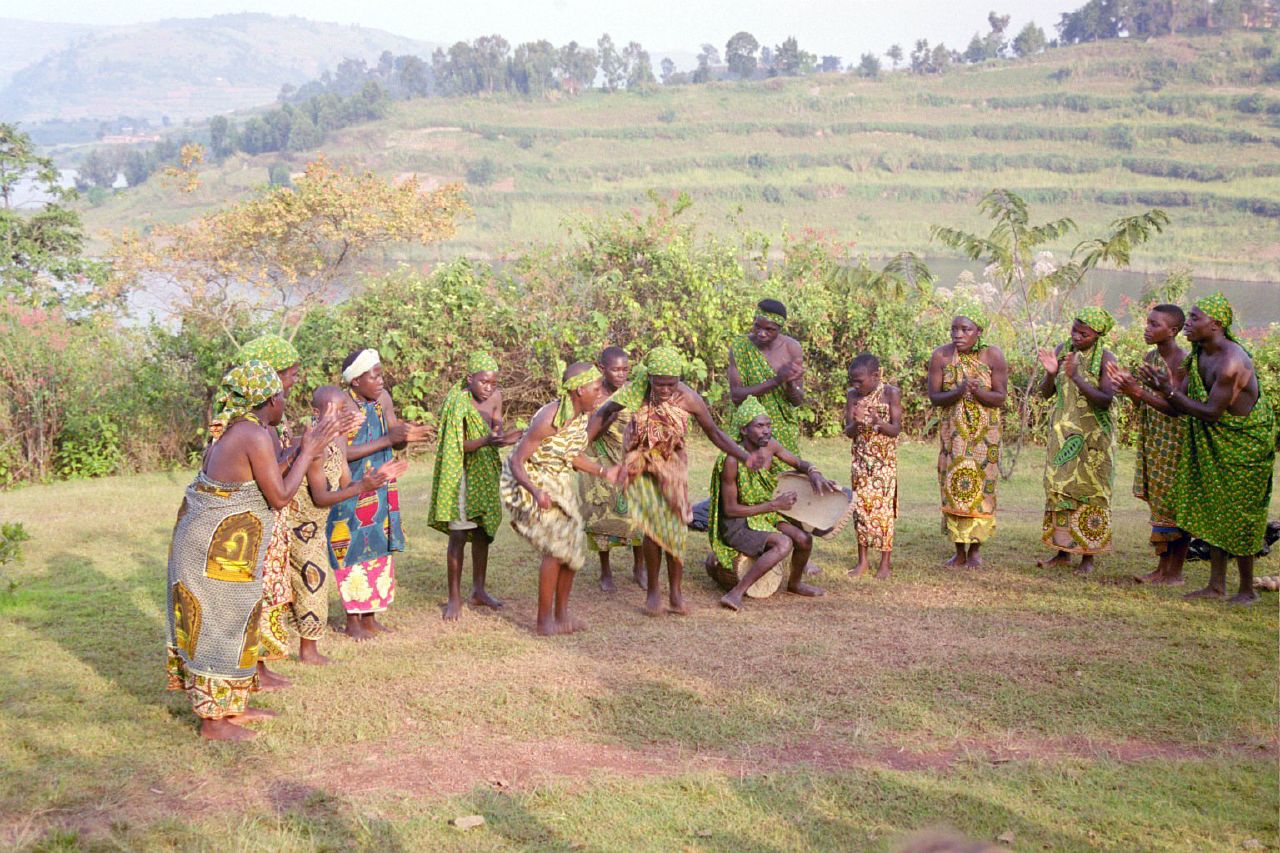According to the CIA World Factbook, as of July 2008 the world population was estimated at about 6.7 billion people. The echo effect, however, will be taking a toll on the world’s population here soon. The echo effect will be seen in the reproductive rates of the soon-to be-reproducing Generation Y, which roughly consists of those from their mid-20s down to young teenagers, though this can vary by source. The echo effect simply means that though there was a decline in birth rates after that of the Baby Boomer generation, all of the children had by the Baby Boomers will be reproducing soon, and some have already started. This means that a large influx of people will start having consuming children of their own all at once, causing for a large increase in birth rates beyond the average steady increase.
One major factor in the world’s population is that rural populations exceeded those of urban communities. According to the 2007 revision of the World Urbanization Prospects of the United Nations, 2008 marked the first year the urban population rivals that of the rural population. From this point on, the urban population is only expected to increase at a faster rate. This does not suggest, however, that rural and urban populations are evenly distributed throughout different continents. In Asia and Africa, for example, six out of 10 people live in a rural community, and approximately 75- to 78- percent of the world’s population live in a developing or less developed country.
The revised report also says the world’s population will increase by 2.5 billion people by 2050, which some argue is an extremely underestimated figure. Other sources, such as the World Population Awareness non-profit organization (WPA), say the population will double by 2035. Regardless of which estimate most accurately predicts the future of the world’s population, overpopulation hangs over the head of every individual.
What resources are we going to exacerbate with such a large increase? Where are these people going to live and work? While I do not condone or agree with genocide and other non-humanitarian forms of “controlling” the population, the effects of overpopulation on the Earth’s resources, the amount of disease, available food surpluses and poverty all must be examined and evaluated for tactful ways to deter the population growth.
WPA suggests some of the following for every individual/nation:
• Have less children
• Decrease the consumption of all resources
• Recycle more, have better production/disposal of toxic and human waste
• Less urbanization of farmland and depletion of soil
• Less urbanization where water is scarce





.png)
 These ancient species could be found where China, India and Vietnam stand presently and date possibly all the way back to seven million years ago until 300,000 years ago.
These ancient species could be found where China, India and Vietnam stand presently and date possibly all the way back to seven million years ago until 300,000 years ago.